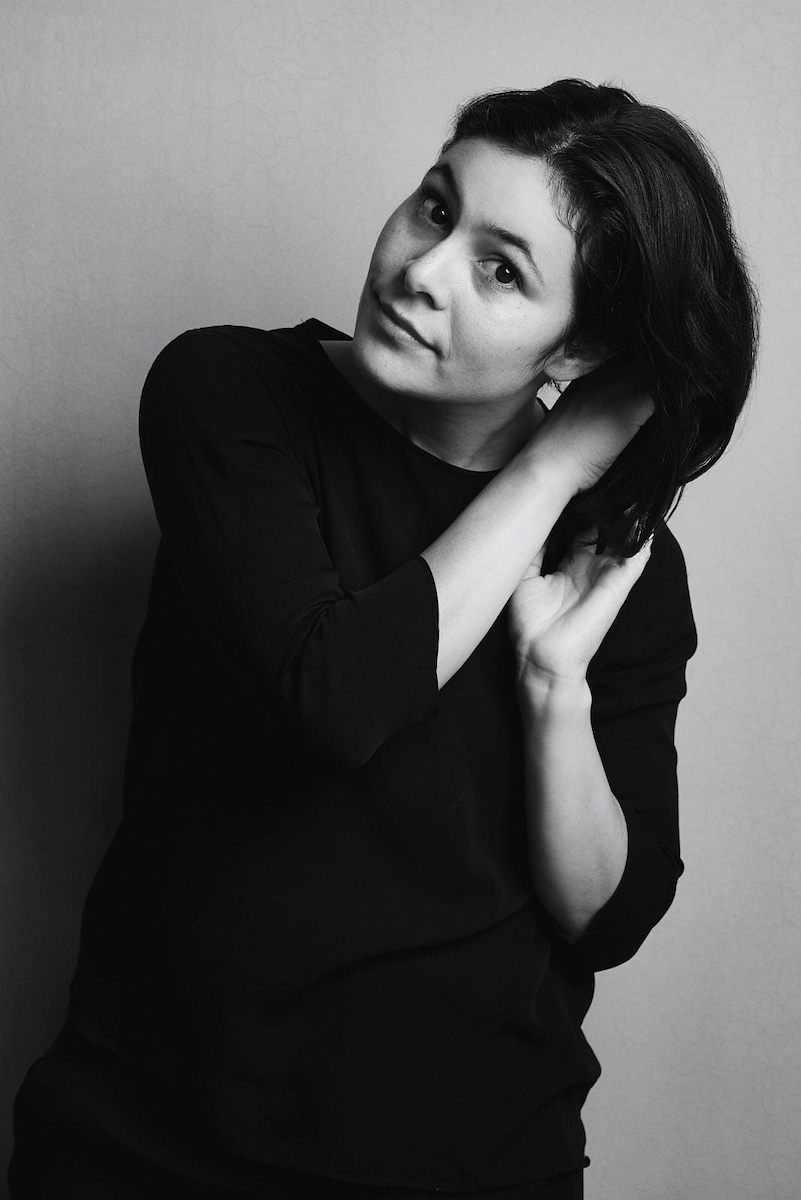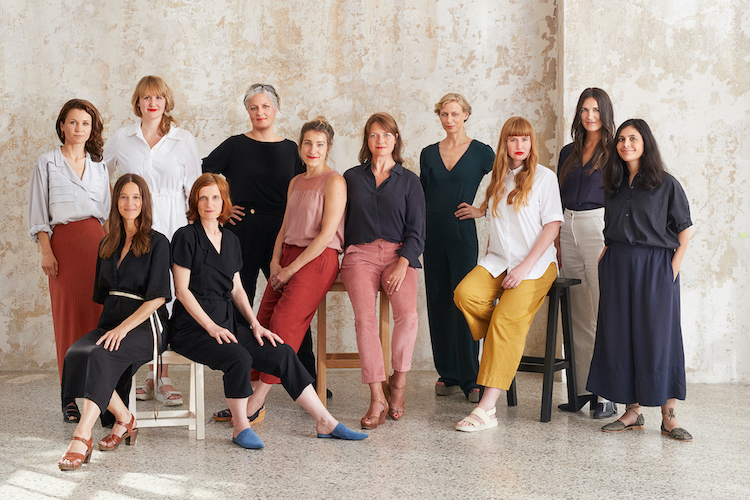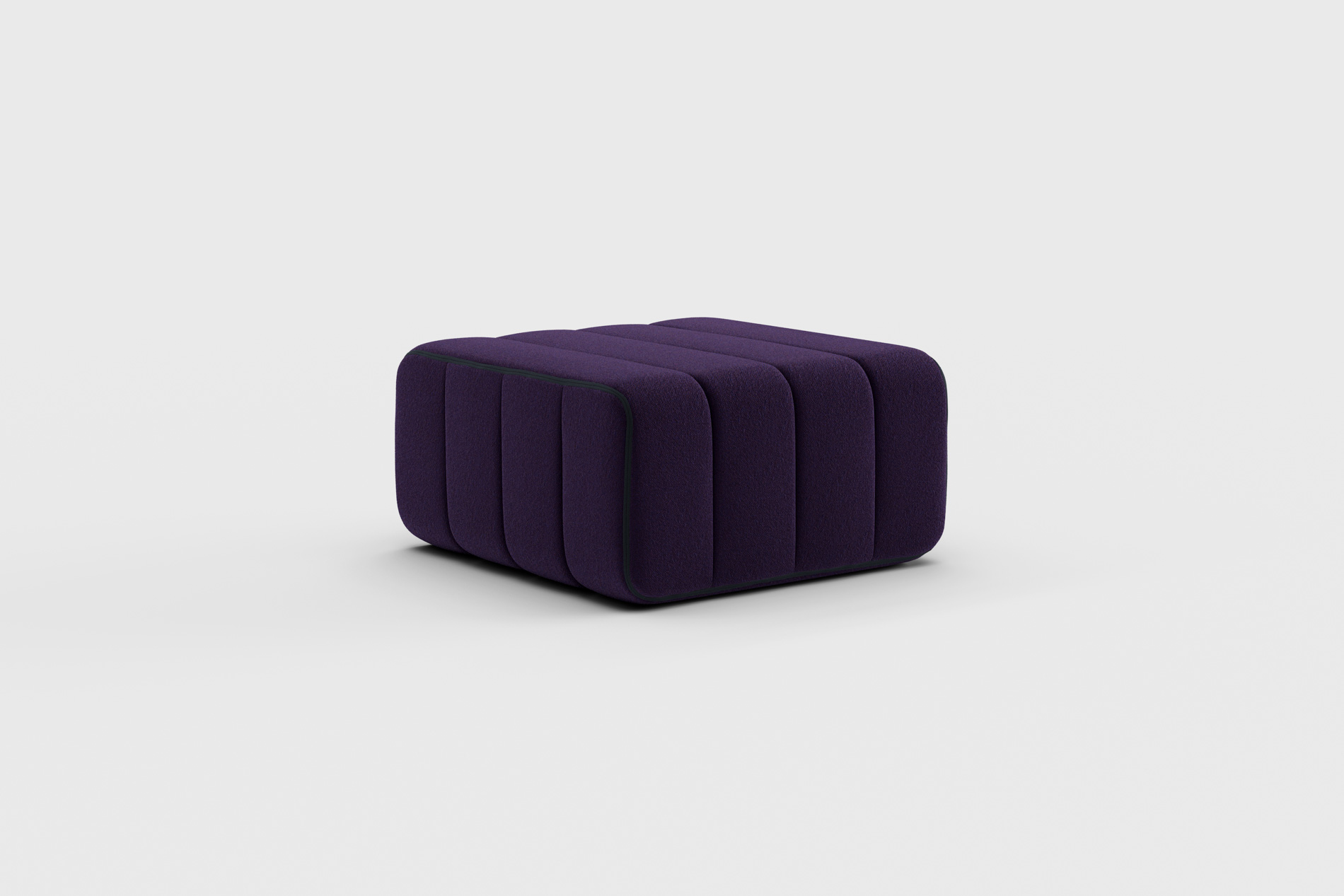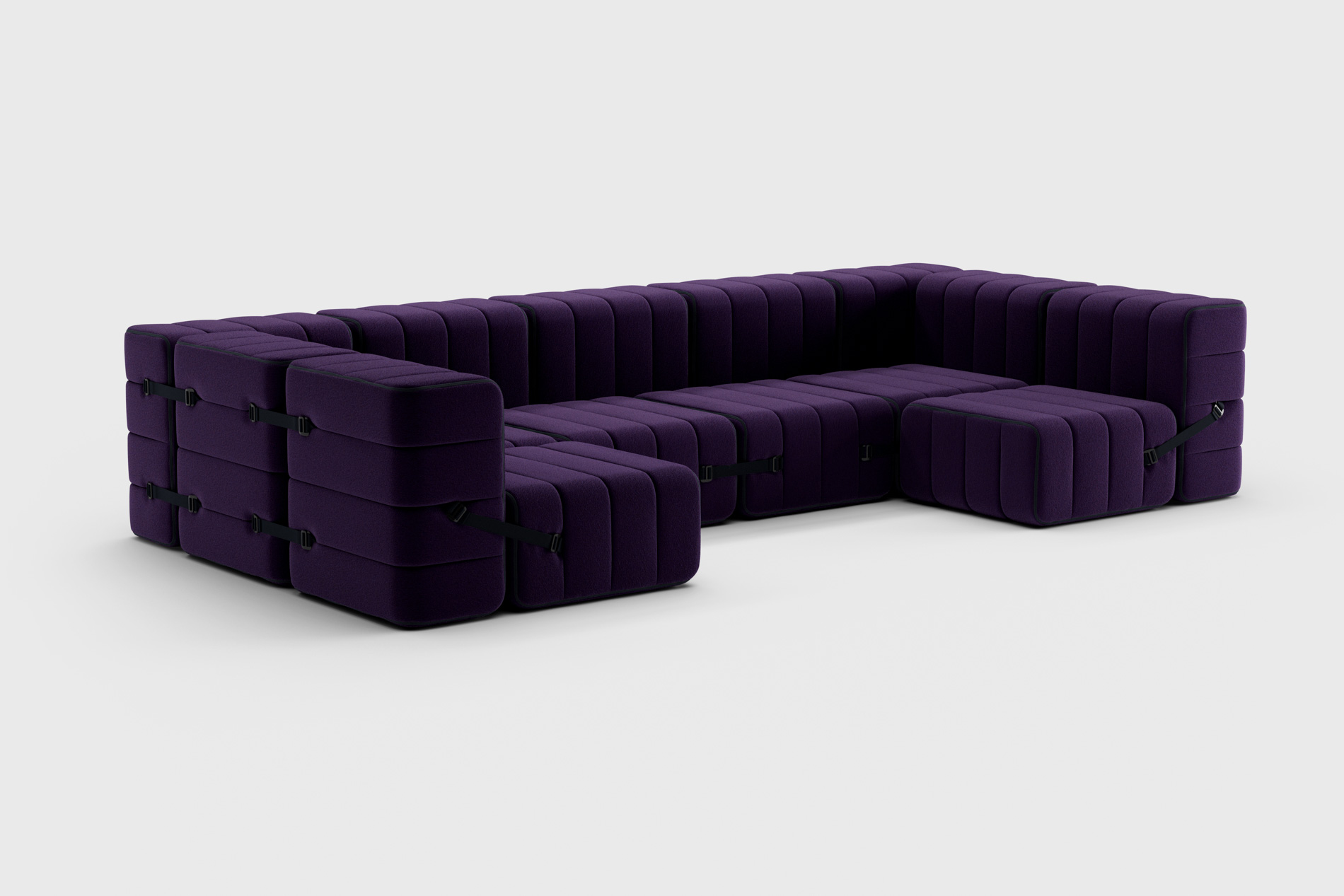In collaboration with PAMONO, LARRY’S LIST presents the special editorial series, Collectible Design Season. PAMONO is the leading European marketplace specializing in distinctive design objects and the stories behind them. Continuously blurring the boundary between art and design, LARRY’S LIST joins hands with PAMONO and give voices to four designers whose elegant and one-of-a-kind collectible design works are perfect for any art collectors’ cribs.
For the debut of this series, LARRY’S LIST and PAMONO spoke to female contemporary furniture and product designer Joa Herrenknecht. Born in Canada and raised in Germany, Joa works independently for international furniture companies from her own design studio based in Berlin. Last year, Joa co-founded “Matter of Course”, an all-female design collective of 11 designers based in Berlin. She shared about how her design is influenced contemporary design and architecture; the designers who have inspired her the most; what’s on her own collectible design wish list her upcoming projects; how she would like to shift the paradigm of male dominance in design through Matter of Course.

9 Questions with Joa Herrenknecht
How did you develop your own signature style in design?
I guess my own style just evolved over time. Working over the years, I know what I like and what I don’t like. What I like are clear simple shapes, which I try to pair with a personal twist in my design: a special touch or a way of using color. Usually I don’t use much pattern in my work, but keep it minimal, flexible, and functional.
How much is your design influenced by modern or contemporary art?
I enjoy art — my partner Leif Low-Beer is an artist and both his parents are; my sister in law has a gallery in Toronto. So I’m exposed to art quite a bit, and we visit galleries and art studios a lot. But besides applied art, I really like contemporary architecture. Good architects work like artists — they have a vision. I really like how architects think about space, natural light, volume, function and flow. Modern architecture is really an inspiration to me; think of Mies van der Rohe, Corbusier, Alvar Aalto, Herzog de Meuron, Tadao Ando or younger studios like MarplusAsk. It’s always more than just building something — but rather creating a space with character. So their work is extremely inspirational and valuable; everybody can learn a lot from them.


Which modern or contemporary designers have inspired you the most?
There are a lot of amazing designers. Mostly I am inspired by architects though. A lot of designers initially have been architects, like Charlotte Perriand, whom I find intriguing — also because she was a woman.
Or the well-known old Danish and Italian Designers. I worked for Patricia Urquiola in Milan for a year when I was a student and I treasure that time — there is a long-standing tradition of furniture design in Italy, and I had some very memorable time there. I also like Jasper Morrison for his focus on simplicity and sincerity, as well as the Bouroullec brothers for their poetry in design.


Nowadays people discover a lot of creations digitally. When creating your works, do you consider how they would be perceived online, e.g. on Instagram or on platform like Pamono?
No, never. I consider who I design for and where and how the object is intended to be used. What I do know though is that I need to be very clear in my vision, my work and formal language. The object I create needs to be understood and function. So when I suggest a design to a client, often a furniture company, it needs to be clear from the very first second you look at the rendering. So in a way an image, a vision is important for communication — but product design is not like art, it has to function when you use it. There is no use buying something that looks good but doesn’t function well.


What is the most enjoyable and most challenging part as a designer?
The most enjoyable to me is to be able to create something new all the time and to be able to work on different things at the same time — it never gets boring. That is amazing; it’s just fun. The most challenging part is generally to transfer an idea into reality and get that sketch, that initial idea realized to the point that it is available in the store. This process takes a lot of time, prototypes, reviews, tests, and patience — also you need to work with a good producer to guarantee quality. When designing a sofa, for instance, you have to consider things like comfort, durability, certificates, etc; there are many steps you normally don’t think about as a consumer.

Which contemporary artists’ work do you imagine going well alongside your design at a collector’s home?
That is up to you — you are the sole curator of your home; everybody loves different things and that is good, so I feel weird to answer this. But if you ask me what I like — I like colorful and quieter, calmer art. In general, I like abstract art, plain colors, geometric shapes and sculptures. A personal favorite of mine is Kim Bartelt, whom I know from Berlin. I love her work, it is a gem. Jose Dávila is amazing, I like Thomas Kiesewetter and Mark Rothko. Imi Knoebel is also a long-standing favorite of mine, and the Berlin artist Alicja Kwade is great. And of course Leif’s work, which is basically always around me at home, and our work sort of goes hand in hand — he adds, I reduce in my work.


Do you collect any artworks or collectible design pieces? What is special about your art and design collection? Which are your favorites?
Leif my partner traded a lot of art with fellow artists and has his own collection, which we live with and is constantly growing. He also spends a lot of time on auctions. I haven’t bought much art myself but usually like to be in charge of the furniture and lighting. We just purchased our first house in Toronto, and it’s work in progress. It is funny how we discuss everything. I could go quite plain in general while he is a maximalist who loves cheerful colors. So as a couple with children, we need to find the right balance. My last purchase was a dining table by Konstantin Grcic for Mattiazzi and a lamp from Astep. And there is a long list of things that I still want to get, including some Danish chairs, like the J39. I guess our approach is to collect with time. Luckily, since we live in both Toronto and Berlin, there is enough space to fill. An object I built myself for our place in Berlin is a closet according to plans from Enzo Mari — I very much like it. Then, there are some objects of friends of mine, like handmade porcelain from my friend Claudia Schoemig from Berlin. All these are things I like, but I also have to say that nothing goes beyond the scribbles of our young kids — I really really love this stuff and would say it’s my favorite art pieces. It is so abstract and loose — it’s a joy.

What motivated you to become a founding member of “Matter of Course” (MoC), an all-female design collective?
I co-founded the design collective last year as a personal response to the pandemic, when I and the other members noticed that little was going on. We wanted to group our forces for future exhibitions and shows and show that there are female designers in Germany. We had our initial launch with an editorial story in AD magazine, followed by a group show called “Balancing Acts” curated by Anna Carnick and Wava Carpenter last September in Berlin at Friends Space. We got good responses — everybody liked the idea of our collective with 11 independent female designers showing their work together. But it’s also important to understand that we are not a new label; we still work independently from one another. Anna and Wava have been curators of Design Miami/ Basel, and one of them, Anna lives in Berlin, so naturally it’s been fun to work with them and try to get the word out internationally. And back to my motivation: I personally think that there are too few female designers known to the public, especially in industrial and product design. I cannot think of too many famous female furniture designers in the past but can easily name 100 male designers. For instance all my professors were male including Stefan Diez or James Irvine — and they were great. But it was the reason why I wanted to work for Patricia Urquiola in Milan — as she is one of the few internationally well known female designers. I hope this aspect will change in future, and there will be more female role models.

What are your upcoming projects that we should look forward to?
I am working on a hanging mobile and a blanket; finding out more about old weaving mills is something that I have been curious about for a while.
Then, we are currently planning a show with the MoC collective in Milan, for the upcoming furniture fair Salone del Mobile in June, again curated by Anna and Wava. This exhibition will be held in a nice old villa in the city sponsored by Dr. Hauschka — a German cosmetic brand. I think it is a great opportunity to be supported like this as it gives the female collective new possibilities, and MoC still needs to grow.
Besides that, I am currently working on a commissioned chair design for elderly, as well as an outdoor collection for a new Danish brand, among other things.
I am also thinking about working more in interior, since I noticed that if you move to a new place you are overwhelmed with selecting and decision making. After all, there is a lot of nice things out there, but you need to know where to get it and how to pair it. Since we spend more time in Canada right now, I think it’s also time to look into glass. There is a big glass tradition here, and that sounds interesting. Generally, I would like to work with more small and traditional manufactures and companies that produce themselves. Looking at the current supply chain problems, this makes absolute sense.


Check out Collectible Design Season on PAMONO
Related: Studio Joa Herrenknecht
Instagram: @studiojoaherrenknecht, @matter_of_course
Upcoming:
Exhibition “Ich & Du” by Matter of Course, curated by Anava project (Anna Carnick/ Wava Carpenter)
Location: Via Cesare Correnti 14, Milan
Date: 7 – 12 June 2022, during the international furniture fair Salone del Mobile
Open House event on the 8th of June — all designers will be present





